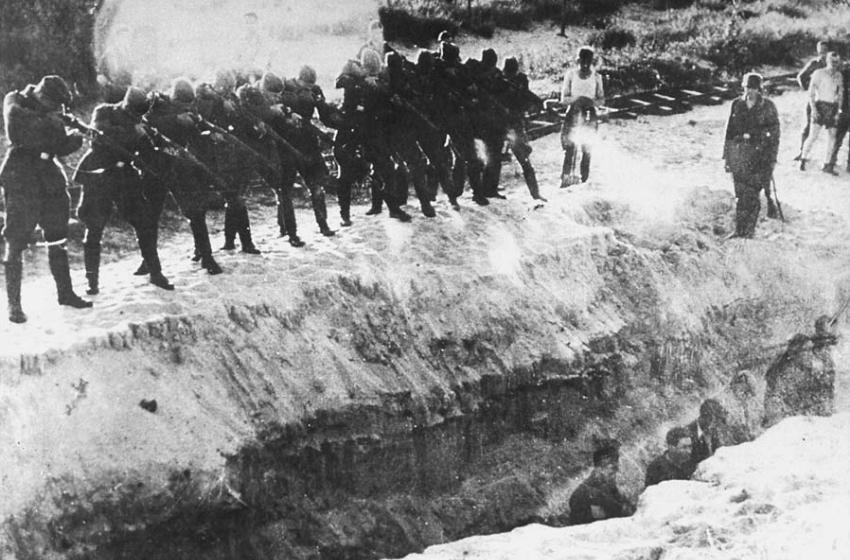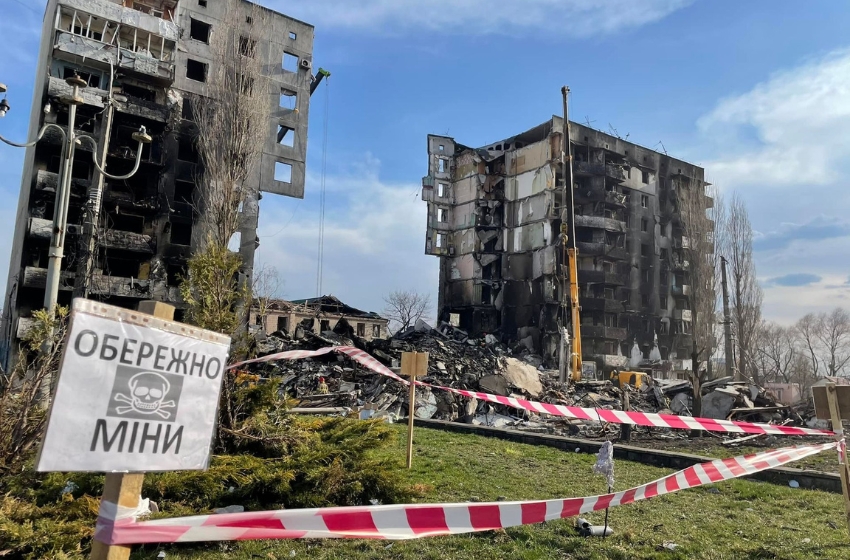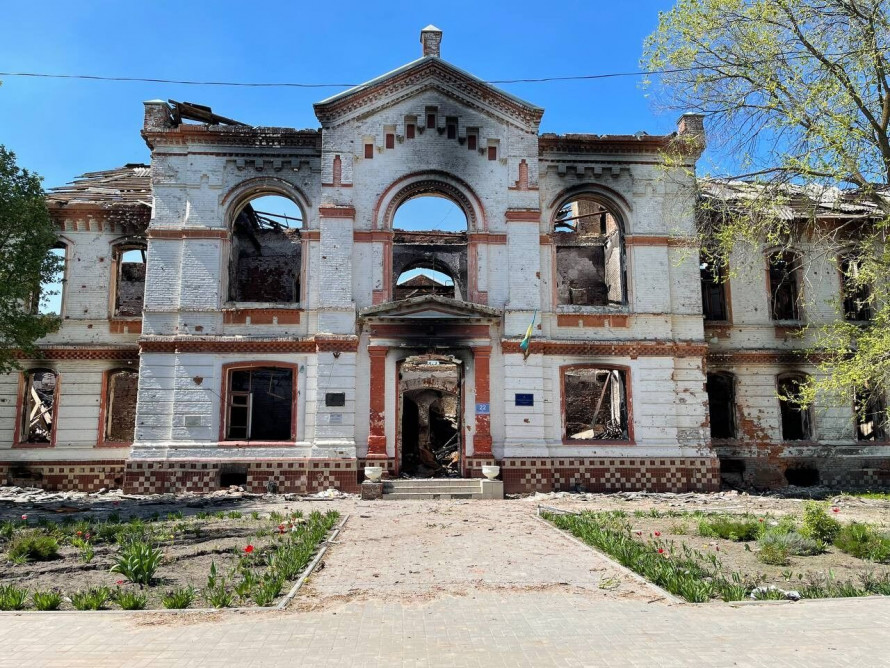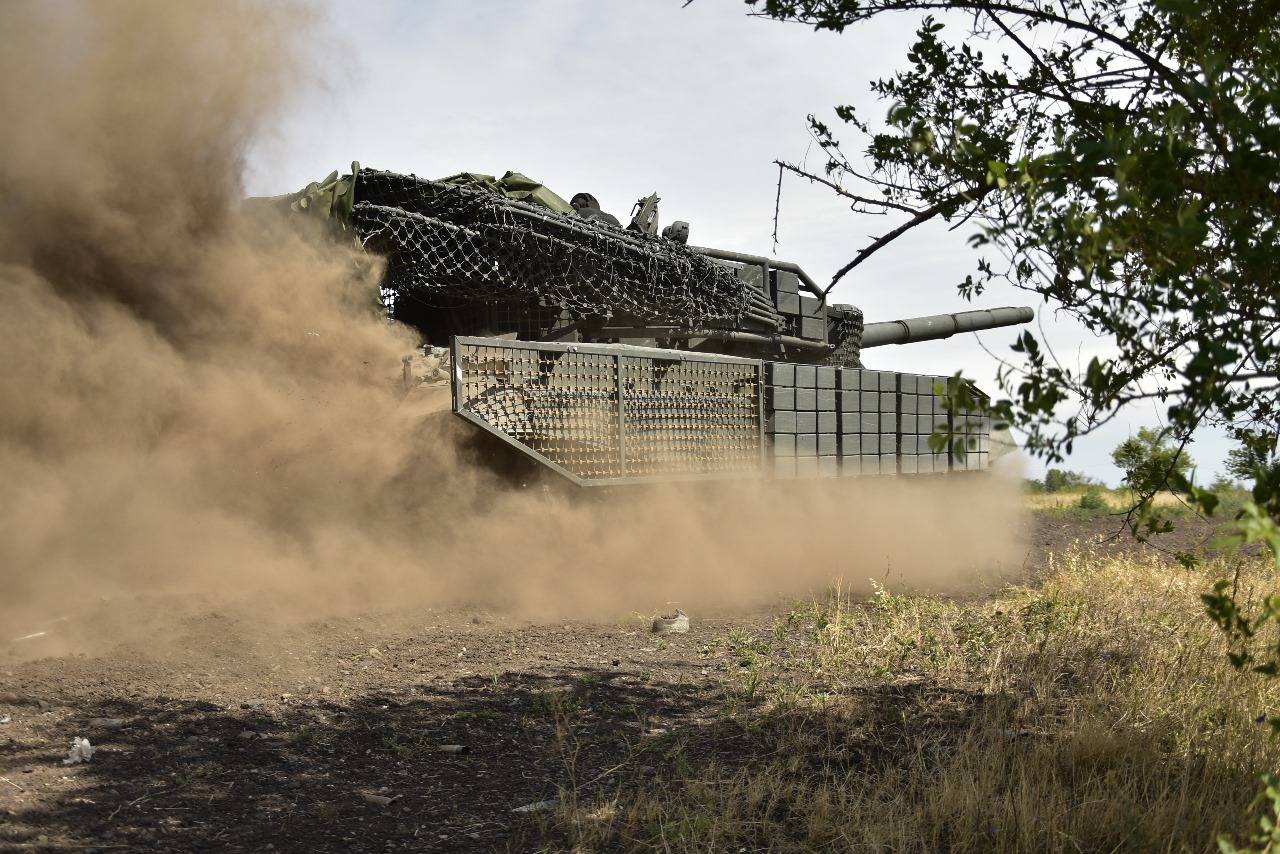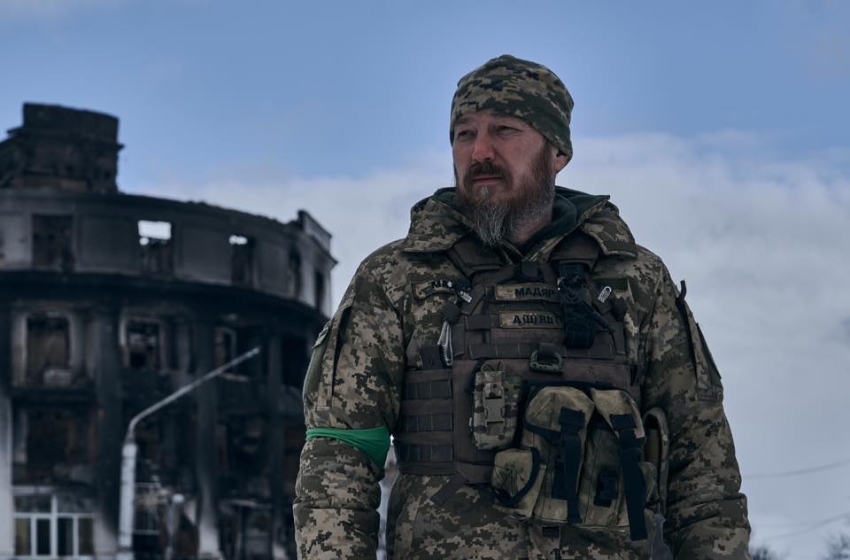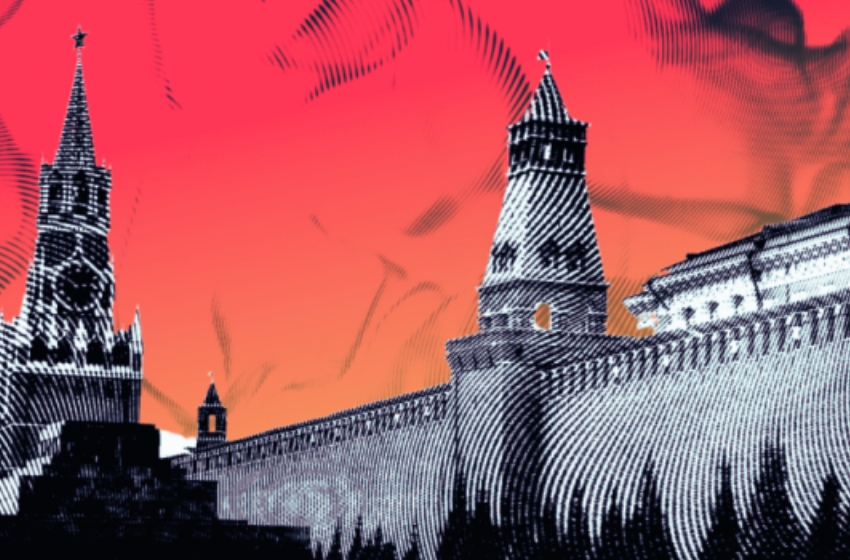January 27 is recognised as International Holocaust Remembrance Day. This date was not adopted by chance: it was on this day in 1945 that the troops of the 1st Ukrainian Front liberated the prisoners of the most famous Nazi concentration camp, Auschwitz-Birkenau - aka Auschwitz. Unfortunately, the tragedy did not bypass Odessa, where a large Jewish population lived.
Cover photo: Members of an Einsatzkommando firing at men standing at the bottom of a trench. Circa : 1941-1942. Whereabouts unknown. Photographer unknown. © USHMM, courtesy of Dokumentatioarchiv of the Oesterreichischen Widerstandes
On October 16 Odessa was occupied. Then the most mournful page in the history of our city began.
Before the start of the war, about 200,000 Jews lived in Odessa, and with the outbreak of hostilities, refugees from nearby settlements were drawn to the city: among them there were another 140,000 Jews.

Photo: Yad Vashem
The first executions began in the first days after the Romanian and German troops occupied Odessa. On October 17, 1941, batches of prisoners of war began to arrive in the area of the artillery warehouses on the Lyustdorfskaya road (now the area of ​​​​Tolbukhin Square), who were taken prisoner after the occupation of the city, and on October 19, about 10,000 civilians were added to them, among whom were Jews, persons without documents, communists. All of them were locked up in nine empty powder magazines and shot within a few days. Some warehouses were doused with gasoline, and the prisoners were burned alive.
However, the beginning of the Holocaust in Odessa is considered to be October 22, when a radio-controlled mine planted by sappers exploded near the NKVD building on Marazlievskaya Street, where the Romanian military commandant's office and the headquarters of the Romanian 10th Infantry Division were located. 67 people died there. The response of the occupying authorities was not slow: about 5,000-10,000 were arrested in the city, most of them Jews.

Photo: Yad Vashem
The hostages were transferred to the village of Dalnik, where some were shot in an anti-tank ditch, while others were herded into four wooden barracks, where they were killed and the buildings themselves were burned. Some were dealt with right away in the city: throughout Marazlievskaya, the occupiers broke into the apartments of Odessa residents, and, without exception, all the residents they found were shot or hanged. Raids were carried out on the streets and markets of the city, in the suburbs; people who did not yet know about the explosion were shot right on the spot of the round-ups near the walls of houses or fences. About a hundred people were captured and shot at the Bolshoy Fountain, about two hundred people were hanged in Slobodka in the market area, and 251 residents were executed at Moldavanka, Blizhnie (Close), and Dalnie (Far) Mills. A terrible spectacle was Aleksandrovsky Prospekt - about four hundred citizens were hanged on it.
The act of intimidation was only the beginning. Odessans were arrested and sent towards the Lyustdorfskaya road to the area of ​​the artillery mentioned above depots, where death awaited them. After the city's liberation, the bodies of about 25,000 people were found there.
For days on end, shots were heard in the village, and the flame of burning fire was visible day and night; the wind brought the smell of human meat to the village … The testimony is recorded from my words correctly. May 2, 1944 Signed: Stonoga
Unknown Black Book. Eyewitness of the Holocaust of Soviet Jews (1941-1944).
In January 1942, there was an organised ghetto for Jews in Slobodka - at that time, it was the outskirts of Odessa. Jews were settled in the houses of residents. In the form of compensation for the inconvenience, the owners of the houses were paid money - for each placement of a Jew, the housing owner received 1 occupation mark per day.

Photo: Yad Vashem
The further process of the destruction of people has already been worked out to the smallest detail. Every day a particular part of Slobodka was surrounded, all the Jews living there were separated and sent to the building of the local school. There, execution parties were recruited from them, which were sent to the Domanevsky district, where they were awaited by extermination in Berezovka, Akmechetka, Domanevka and others.
I want each letter of these names to be signified with special clarity. After all, all these names: Sorting, Berezovka, Sirotskoye, Domanevka, Bogdanovka, Gorka, Stavki are historical names. There were death camps here.
Unknown Black Book. Eyewitness of the Holocaust of Soviet Jews (1941-1944).
The executions lasted from December 1941 to February 1942. For the destruction of citizens by the invaders, special Einsatzgruppen were created, consisting of German and Romanian military men, local armed teams organised by German colonists and Ukrainian policemen.
In the camps, all valuables and clothes were taken away from the Jews, after which they were led to a large pit, put on their knees and shot. To strengthen the spirit of the killers exhibited a barrel of wine.
Historians estimate that about 240,000 Jews were exterminated in the Odessa region. Only 600 representatives of this nationality survived in Odessa - most of them were saved by caring Odessans.
In Prokhorovsky Square, there is a memorial to the victims of the Holocaust - it was here that the "road of death" once began. At the same place, the "Alley of the Righteous" was created - each tree was planted here in honour of the Odessans, who sheltered and saved the Jews.









